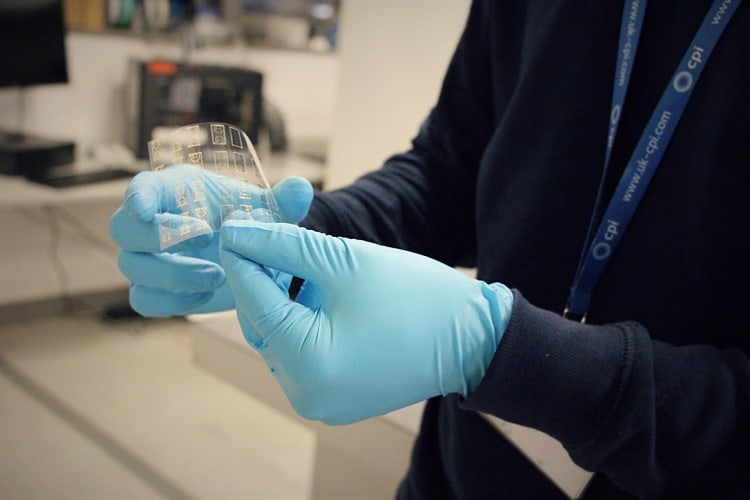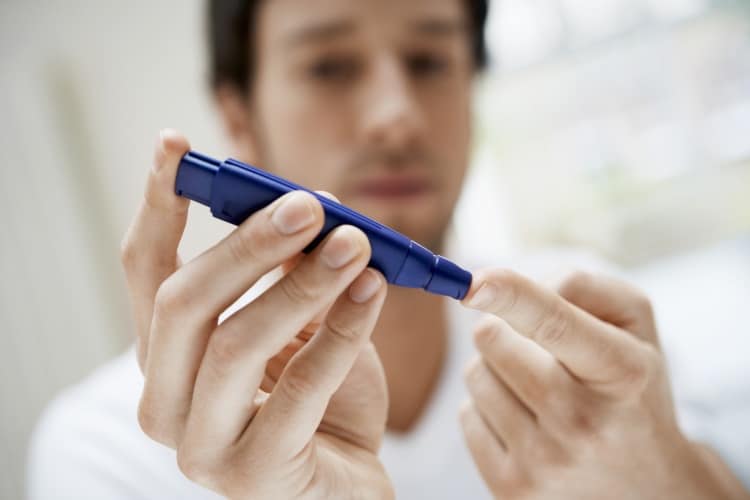The technology is the result of a partnership between Enfield-based Applied Nanodetectors and the Centre for Process Innovation (CPI), which is part of the High Value Manufacturing Catapult. Using a low cost printed glucose sensor, the breathalyser-style device detects levels of volatile organic compounds (VOCs) in human breath.

“The project evaluated the suitability of a range of gases for monitoring VOCs and benchmarked their performance against existing technology,” said James Johnstone, business manager at CPI.
“We were also able to optimise sensor performance. The incorporation of a low cost, printed glucose sensor offers great potential for the commercialisation of a multi-use and environmentally friendly breathalyser device for daily diabetic management. Regular self monitoring would lead to more effective patient treatment, a reduction in healthcare costs and a shift to more proactive point-of-care treatments.”
The prevalence of diabetes is increasing rapidly around the world, and glucose management is a vital component of treatment. But according to the researchers, the invasive nature of the prick test widely used today to gauge sugar levels means many patients don’t rigorously comply with monitoring. An accurate test that doesn’t require a blood sample could alter how the disease is treated in future.

“This would provide diabetics with a non-invasive easy to use test compared to the established finger prick method,” said Dr Victor Higgs, managing director at Applied Nanodetectors.
“This new sensor platform offers both high sensitivity and industry leading reliability and can be modified for use in new clinical applications. Using the sensors in a portable handheld device will facilitate the creation of new point-of-care diagnostic tests, which will enable more efficient healthcare delivery leading to improved patient outcomes.”
The collaboration was part of a recent nine month Innovate UK project called Plasense which finished in December 2015 and developed a low cost and scalable printed sensor technology onto flexible plastic substrates. Further development work will look at upscaling the sensor and integration into a point of care diagnostic device.




April 1886: the Brunkebergs tunnel
First ever example of a ground source heat pump?